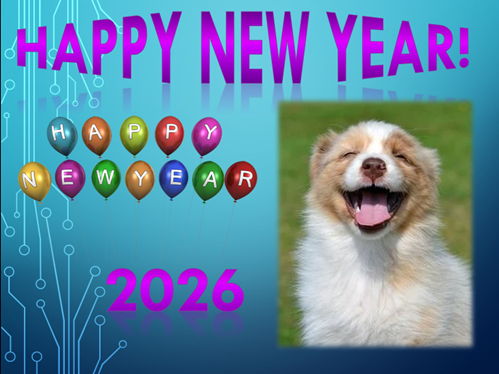Lighthousehunter's Shop
I am an experienced Primary school teacher with over twenty years experience in EYFS, KS1 and KS2. I have made and used all of the interactive topic based lesson plans, power-points and resources in this shop with my classes. I hope you enjoy using them with your classes too.






















